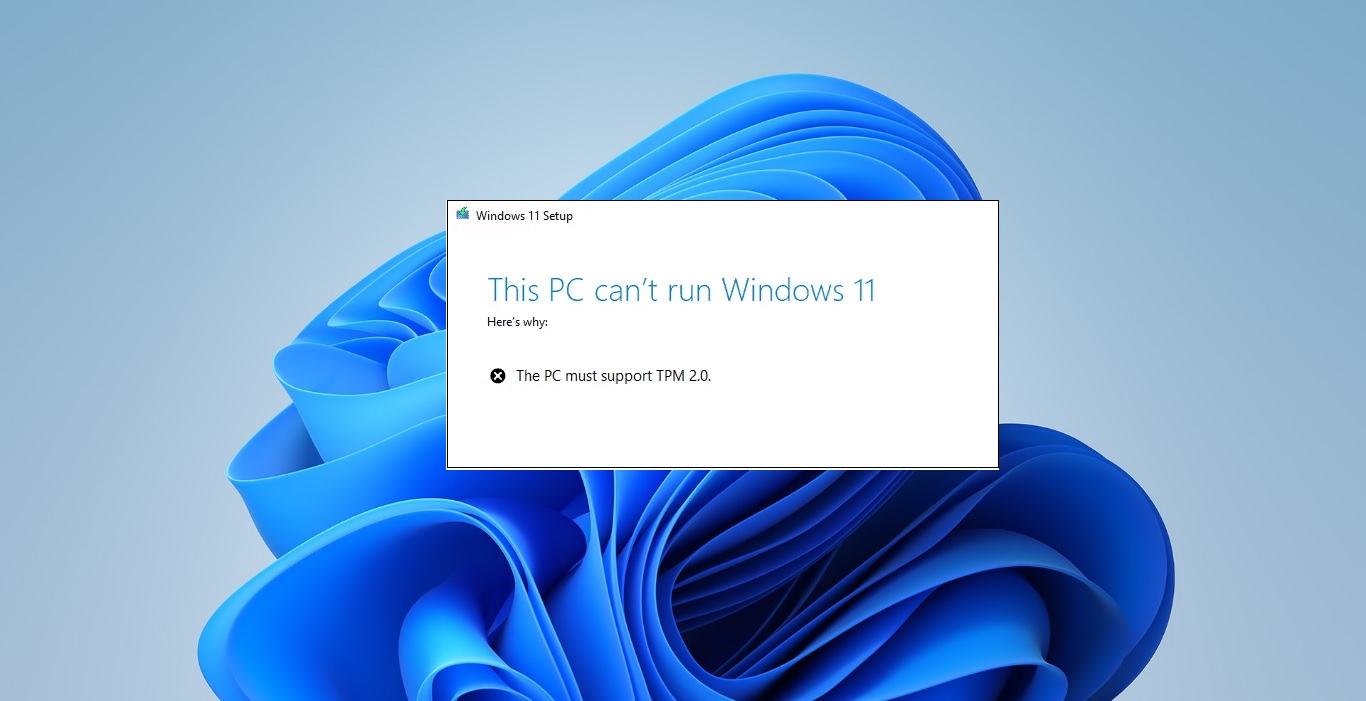
This means that running Windows 11 on devices that don’t meet the hardware requirements may lead to compatibility issues that can create problems, such as glitches and even outright failure. This enables it to create stronger keys, making devices that use it more challenging for cybercriminals to compromise.īefore releasing Windows 11, Microsoft tested the OS extensively on supported devices. TPM 2.0 provides higher levels of security, as it supports more and newer cryptographic algorithms than its predecessors. However, we recommend abiding by Windows 11’s hardware requirements instead for these reasons. This has led them to search for ways to circumvent the TPM restriction so that their devices that don’t have the TPM 2.0 chip can still run the new OS.

After all, they were able to use Windows 10 securely with just TPM 1.2 embedded in their devices. Some users find Windows 11’s TPM 2.0 requirement too restrictive. Why shouldn’t you bypass Windows 11’s TPM requirement? On the other hand, web browsers use TPM to store SSL certificates that are used to authenticate and create encrypted connections with websites. For example, Outlook uses a TPM for managing encrypted emails. Some apps and web services also use TPMs. So if an unauthorized person gains access to your device and tries to tamper with your encrypted drives, the chip will stop the device from booting up. It provides a hardware-based, tamper-resistant environment to create, store, and safeguard encryption keys in order to ensure secure access to data stored on a device. What is a TPM chip?Ī TPM is a security chip that’s commonly found in the latest smartphones and PCs. One possible reason for the slow adoption of the new OS is that Windows 11 would not install on devices that lack Trusted Platform Module (TPM) 2.0 chips. As of October 2022, only 15.44% of PCs around the world run the new operating system (OS) 71.29% are still using Windows 10.

Microsoft released Windows 11 in October 2021.


 0 kommentar(er)
0 kommentar(er)
